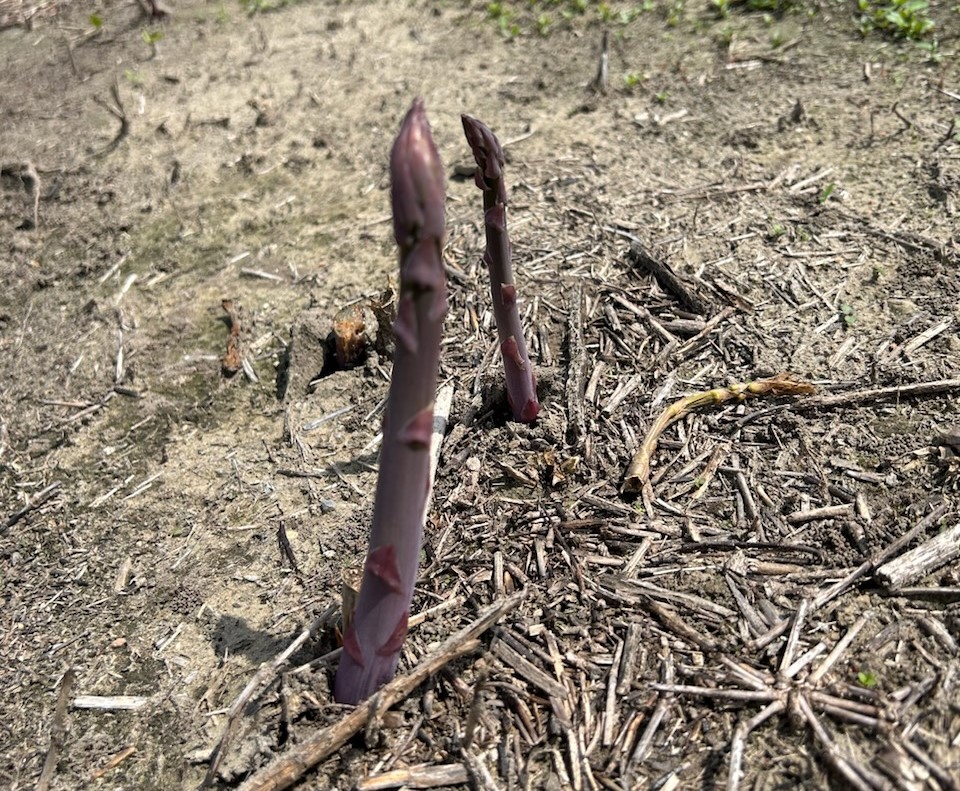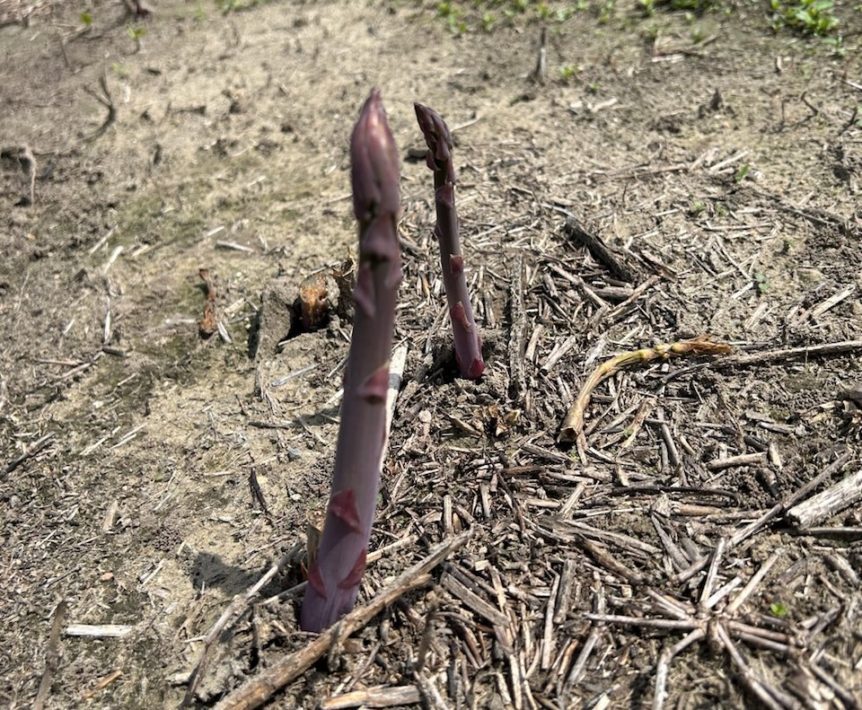
Clemson Extension agents provide updates in The South Carolina Grower this week about the status of various crops being produced throughout the state.
Coastal Region
Zack Snipes
- Spring is upon us. Strawberries are pushing out with a big flush. We’re seeing varied increased levels of mite activity as well as anthracnose. I know things are busy with U-picks, but we’re going to have to make time to get out our fungicides and miticides. There are a lot of materials, so be sure to look closely at pre-harvest interval (PHI) so there is no delay in picking.
- Spring crops such as onions, lettuce and brassicas look really great and are coming in at heavy volumes.
- Yellow margin leaf beetles are active on Asian-type greens and mustard. Be proactive in managing this pest.
Midlands
Rob Last
- Leafy greens are developing well and are of good quality with few issues with pests and disease. Keep scouting for both aphids and diamondback moths. Both are present in some crops.
- Mite numbers are high; keep scouting strawberries, and also remember to scout other crops such as squash.
- Strawberries are coming to market with good volume and quality. Disease pressure remains relatively low, but keep up with scouting. I am finding thrips on farms; under the microscope, these are Eastern Flower thrips, which do not cause damage, and hence, do not require treatment. I am finding a few sap beetle larvae in some places. They are attracted to overripe fruit, so sanitation and timely harvest can be valuable management tools.
Sarah Scott
- We had a mild week of temperatures along the Ridge last week with some cooler night temperatures over the weekend. It is looking like we will be in the clear of a late freeze, so crews are working hard at thinning fruit. The trees are loaded right now. With most growers on a greatly reduced spray schedule last year, we will be keeping a close eye on disease and insect pressure. Some blossom blight, cause by Monilinia, has been found. This is the same pathogen that causes brown rot in peach and is often an issue in seasons following reduced spray schedules or years where unharvested fruit infected with the disease, known as mummy fruit, may hang on the trees for an extended period.
- San Jose Scale is noticeable at this time, heavy in spots. According to entomologist Brett Blaauw, we should expect a peak in scale crawler activity in about 2 to 3 weeks. During this peak, growers should apply an insecticide (refer to page 25 in the 2024 Management Guide), such as Esteem, for optimum control. Peach growers can sign up for the UGA Peach Blog for additional reports during the peach season.
Pee Dee
Brittney King
- In the Pee Dee, some areas received almost one inch of rain last Wednesday, followed by a few days of heavy winds, with Saturday having wind gusts of 20 mph. I have seen windburn in a couple of different crops and could see more this week. These lesions are papery, dry scars and brown to black in color. No intervention is necessary, as crops will naturally grow out of the damage. Monitoring soil temperature during windy conditions will also be important to prevent crops from drying out. If you are unsure if leaf lesions could be from a fungal pathogen, put the leaf in a plastic bag for a few days and see if any spores develop on the leaf.
- English peas put out their first bloom last week, and potatoes are progressing well.
- Strawberries are still producing, and growers are happy about the warmer night temperatures this week.










